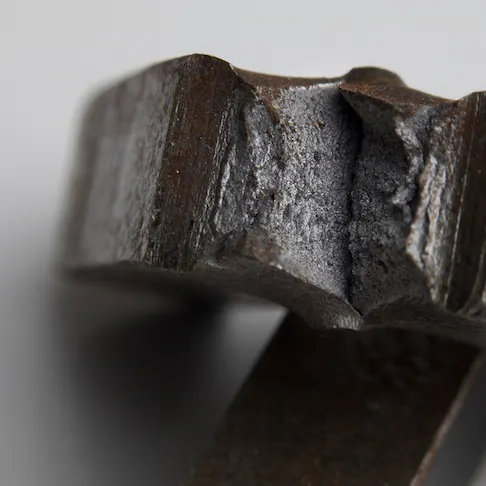Yes, it is safe to use 3D printed prosthetics, if the right specifications and product quality are met. The strength and quality of the materials used in the build process will be the basis for measuring the safety of 3D printed prosthetics. Incorrect materials usually break easily because of their inability to bear or sustain the weight of the user.
What Are the Benefits of 3D Printed Prosthetics?
Prosthetics that are 3D printed offer many benefits compared to their conventionally manufactured counterparts. One main benefit is the scaling and alignment option of the 3D printed models. Another is the cost and time efficiency that the process offers as well as the wide availability of the material.
What Are the Materials Used in 3D Printed Prosthetics?
The materials used in 3D printed prosthetics are those that are durable and lightweight such as plastic. As an added benefit, the internal structure comprises lightweight materials—carbon fiber, titanium, or aluminum. An artificial prosthetic weight will generally depend on the type of prosthetic and the constituent material. An above-the-knee 3D printed prosthetic weighs about 1.54 kgs, while its traditional counterpart averages 3.62 kgs.
How Long Do 3D Printed Prosthetics Last?
A prosthetic that has been properly manufactured will last for about 3–5 years. A child who is fast-growing, however, would require replacements from time to time. This is because the body part to which the item attaches would have outgrown the 3D printed prosthetic as the child ages.
Are 3D Printed Prosthetics Expensive?
No, 3D printed prosthetics are not expensive, especially when compared to traditional prosthetics. You can get a working 3D printed prosthetic for $395. The conventional types are usually sold for thousands of dollars.
How Much Do 3D Printed Prosthetics Cost?
3D printed prosthetics are generally cost-effective but some high-end designs are expensive. The Hero 3D printed prosthetic arm, created by Open Bionics, for example, has a price range of $10,000-$20,000. It is somewhat cheaper than the conventional bionic prosthetic arm, however. Some charitable organizations, like Kinetic – founded by Mat Bowtell, and Free 3D Hands – have distributed free 3D printed prosthetic arms to many. They have also created assembly manuals for those who wish to create their own prosthetics at home.
A notable online marketplace for the purchase of 3D printed prosthetics is Indiamart.
What Is the Future of 3D Printed Prosthetics?
3D printed prosthetics are still in their infancy stage but have great potential. However, it may be wrong to assume that the technology will completely replace its traditional counterpart. Moreover, a major factor to consider is its acceptance in the medical industry. The first 3D printed bionic arm is clinically-approved; as such when regulatory authorities show interest and give their approval, prosthetic 3D printing will become more commonplace as a fabrication process that will be accepted in society.
.webp)
